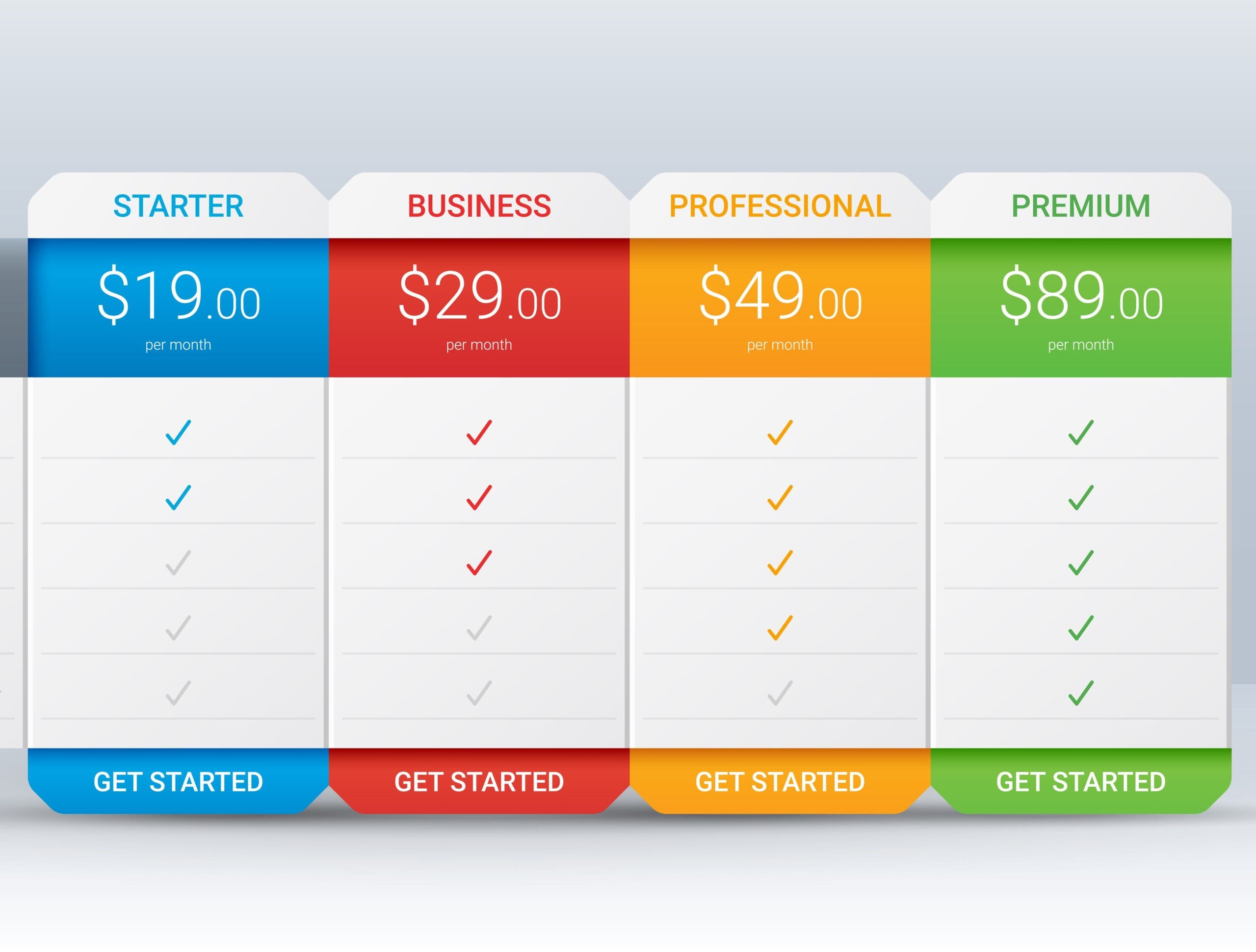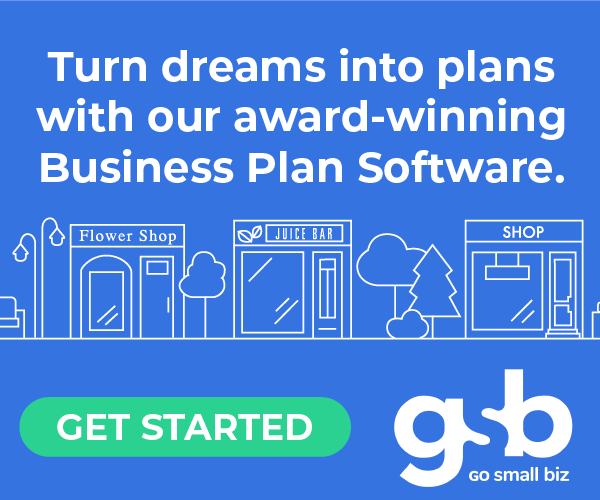
Pricing isn’t just about numbers—it’s about perception. We asked 11 small business leaders to reveal the psychological pricing tactics they use to influence customer behavior and boost sales. From strategic price points to subtle cues that shape buying decisions, their insights showcase the power of small adjustments in a competitive market. Read on to discover real-world pricing strategies that can make a big impact on your business.
Pricing Shapes Perception Before Logic Sets In
Pricing shapes perception before logic sets in. A pond installation listed at $14,975 performed better than the same service priced at $15,000. The precise figure gave it a custom-calculated feel, making it look less like a rounded estimate and more like a tailored cost for the project. Clients saw attention to detail before they even discussed design. Breaking away from traditional charm pricing set the service apart in a market where standard pricing feels generic.
In reality, a well-placed number influences trust just as much as quality craftsmanship. Context drives conversions more than decimals. A $9,995 seasonal pond upgrade offer felt premium, but testing a round $10,000 with “Exclusive Eco-Filtration Upgrade Included” led to higher bookings. The whole number paired with a clear added benefit made the investment feel stronger without lowering cost.
Gavin Bent, Marketing Executive, Ponds By Michael Wheat
Price Contrast Outperforms .99 Trick
I’ve experimented with psychological pricing, but what truly surprised me wasn’t the classic “.99 trick” but the power of price contrast.
So what happened was we designed a pricing structure for a client’s online subscription service. Initially, they wanted the usual tiered pricing with packages ending in .99 to appear more affordable. But through testing, I discovered something—customers weren’t just looking for cheap; they were looking for value.
Instead of relying solely on .99 pricing, we introduced a high-anchor strategy: We placed a premium option at $199, followed by a more affordable $99.99 mid-tier package.
The result is that sales for the mid-tier plan skyrocketed. Customers saw it as a bargain compared to the premium plan—even though $99.99 wasn’t the cheapest option available.
Why did this work? Because the .99 effect alone doesn’t drive decisions—context does. People don’t just react to numbers; they respond to comparison points.
Since then, I’ve always advised clients that pricing isn’t just about psychology—it’s about perception. A well-placed, slightly higher-priced option can make the intended choice feel like a steal. That’s how you win, not just with numbers but with strategy.
Nicholas Robb, Design agency for startups, Design Hero
.99 Endings Increase Conversions
We’ve seen that psychological pricing, especially using .99 endings, has a subtle but consistent effect on sales.
When we A/B tested our basic website design package at $3,999 versus $4,000, the $3,999 price point led to a noticeable increase in conversions. While the difference wasn’t huge, it proved that even a one-cent drop can influence buying decisions.
We believe this works because of how people perceive numbers. Even though the price is nearly the same, $3,999 feels significantly lower than $4,000 at first glance. That small drop keeps the price within a “lower bracket” in the customer’s mind, making it seem like a better deal. It also subtly reduces price resistance, as customers are more likely to justify the cost when it appears slightly lower.
For services like ours, where pricing influences perceived value, this small tweak can make a difference. While a single cent doesn’t change the actual affordability, it frames the offer more attractively, helping nudge potential clients towards making a purchase.
Nirmal Gyanwali, Founder & CMO, WP Creative
Framing Price as a Deal Works
Psychological pricing isn’t just about .99—it’s about framing the price in a way that makes people feel like they’re getting a deal.
For my small business, I ran an A/B test:
- Option A: A product priced at $35
- Option B: The same product priced at $40 with a $5 instant discount
Even though both cost the same in the end, Option B outperformed by 27%. Why? Because people love the feeling of “saving” money more than just seeing a lower price.
Another test? Instead of offering a $50/month subscription, I framed it as “Only $1.66 per day”—suddenly, conversion rates spiked. Breaking down a price into a smaller daily number makes it feel more affordable.
The takeaway? Price perception matters more than the actual price.
Instead of just tweaking the last digit, rethink how you present the cost—because a “deal” is often just good marketing.
Austin Benton, Marketing Consultant, Gotham Artists
Narrowing Price Gaps Increases Sales
One of the most surprising psychological pricing experiments we ran was with premium vs. budget versions of the same product. Initially, we had a high-end product priced at $59 and a budget-friendly version at $39, but the cheaper one barely moved. The shift happened when we raised the budget version to $49—suddenly, more people started buying it. The reason? When the price difference was too big, people assumed the cheaper option was low quality. By narrowing the gap, the budget version seemed like a smart, high-value alternative rather than a “cheap” one.
Another unexpected finding came from using precise pricing instead of rounded numbers. We tested an item at $20.00 vs. $21.47, and the oddly specific price actually performed better. Customers subconsciously saw $21.47 as more carefully calculated, while $20 felt more arbitrary. This approach worked especially well in service pricing, where a non-rounded number made it seem like the price was based on a real formula, adding to the sense of trust. Lesson learned: Psychological pricing isn’t just about making things “cheaper”—it’s about shaping perception in ways that build confidence in the purchase.
Claudia Mora, Senior Marketing Coordinator, Richards-Wilcox Canada
Higher Prices Signal Better Quality
The brain is wired to associate price with quality. A $1,200 laptop is assumed to be better than a $999 laptop—even if the specs are identical—because our brains are lazy and use price as a mental shortcut for value. The same logic applies at any price point.
I once did a pricing test on a digital product:
A = $47
B = $49
Logically, people should respond better to the $47 number. It’s the lower number. It has in it the good old “7” all marketers adore so much. But instead the $49 price converted better by a whopping 14 percent.
When priced at $47, consumers subconsciously assumed it was a discount bargain, a bargain bin purchase, even a lower-quality product.
At $49, the product did not change but the buyer’s perception was greatly different. It was more high-end, more thoughtful, and more professional.
At $49, the product was the exact same, but the buyer perception changed completely. It felt more premium, more intentional, and more professional.
This is because of Perceived Value.
That $2 made them more serious about it. I got more refund requests and a whole lot more complaints when I priced it at $47, versus $49, where people saw it as a high-end product and were more content with it.
This is where the majority of people always miss the point about psychological pricing. It is not a mere price display. When something is too cheap, people wonder whether it is a real product. However, an item slightly out of their price range conveys strength and authority.
Peter Lewis, Chief Marketing Officer, Strategic Pete
.99 Pricing Boosts Mid-Tier Sales
Psychological pricing absolutely works in the car detailing business. When we introduced a package priced at $49.99 instead of $50, we saw an unexpected increase in sales. Customers perceive prices ending in .99 as significantly lower, even though the actual difference is just one cent. That small shift made our mid-tier package feel like a better deal, leading more customers to choose it over the basic package.
Another successful pricing strategy we used was contrast pricing. Instead of listing our premium package at $99.99 right away, we placed it next to a “VIP Platinum” package at $149.99. The $99.99 option suddenly seemed like a bargain compared to the more expensive one. This anchoring technique pushed more customers toward the $99.99 package, increasing our revenue while making customers feel like they were getting premium value for their money.
While psychological pricing works, transparency is just as important. We make sure customers understand what they’re paying for, so they feel good about their purchase. Adding small perks, like a free air freshener with certain packages, reinforces that they’re getting more than just a service—they’re getting a great deal. This balance of pricing psychology and real value has significantly boosted our sales without compromising trust.
Faqi Faiz, Managing Director, Incar Detailing
Whole Numbers Signal Quality
Psychological pricing works, but not always how you’d expect. People love a deal, but they also love perceived value. When we tested pricing for premium marketing services, ending in .99 felt cheap—like a discount store. But rounding up to whole numbers ($500 vs. $499.99) actually increased conversions because it signaled quality and expertise. On the flip side, when we priced lower-ticket items like audits or one-off services, the .99 trick worked—people saw it as a small, justifiable expense. The lesson? Pricing psychology isn’t one-size-fits-all. It’s about matching perception to what you’re selling.
Justin Belmont, Founder & CEO, Prose
Single-Cent Tweaks Influence Bookings
Psychological pricing plays a role, and believe it or not, tweaking numbers by a single cent actually moves the needle.
So, we tested this. Roof inspections used to be a flat $100, but switching to $99 got us a 12% bump in bookings. It’s kind of like people see that “9” and process it as a way better deal, even though the difference is almost nothing. Even higher-ticket services, like repairs, show the same trend. A $4,999 job lands faster than $5,000, which sounds ridiculous, but hey, numbers mess with perception.
On top of that, tiered pricing works like a charm. If a mid-tier package sits at $3,999 and a premium one is $4,999, customers lean toward the higher one because, in their head, it’s just a “small” jump. Truth is, that gap is where the best margins happen. The devil is in the details, and small pricing tweaks add up big over time.
Nathan Mathews, CEO and Founder, Roofer
Rounded Pricing Aligns with Professionalism
Psychological pricing, like ending prices in .99 or .95, is commonly used to create a perception of lower cost, but its effectiveness depends on the audience and product type. In our case at Seekario.ai, we tested this strategy and found no impact on sales. Our customers, primarily job seekers and professionals, did not respond differently to $39.99 vs. $40, indicating that fractional pricing didn’t influence their purchasing decisions.
We switched to rounded pricing because it looks more professional and aligns better with our brand positioning. A clean, whole number feels more transparent and credible, especially for a service-based platform. Psychological pricing often works in impulse-driven purchases, where consumers make split-second decisions based on perceived affordability. However, job seekers are making an intentional and thoughtful investment in their careers. They evaluate value, reliability, and effectiveness rather than minor price differences.
Presenting a straightforward number like $40/month reinforces confidence in the service, whereas $39.99 could introduce an unnecessary sales-driven perception. Additionally, rounded pricing simplifies communication in marketing materials and customer support, making it easier for users to understand costs at a glance.
Mohammad Haqqani, Founder, Seekario
Round Numbers Improve Retention
Pricing that ends in .99 has increased conversions in specific cases, but I have seen a stronger impact when using round numbers for subscription-based services. In my case, offering a service for $49.99 instead of $50 created a small boost in sign-ups, but setting a clean price like $50 or $100 for recurring payments led to better retention. People associate round numbers with stability, and for financial services, trust plays a bigger role than impulse buying. The first sale matters, but keeping customers long-term is what makes a pricing strategy work.
Framing the price in terms of value instead of savings made the biggest difference. I have tested listing a service at $19.99 per month and at “$240 per year, paid monthly,” and the second option resulted in more long-term subscriptions. People like to see a clear return on what they are paying, and breaking it down into an annual value helped them justify the cost.
Thomas Franklin, CEO, Swapped
798 Views












